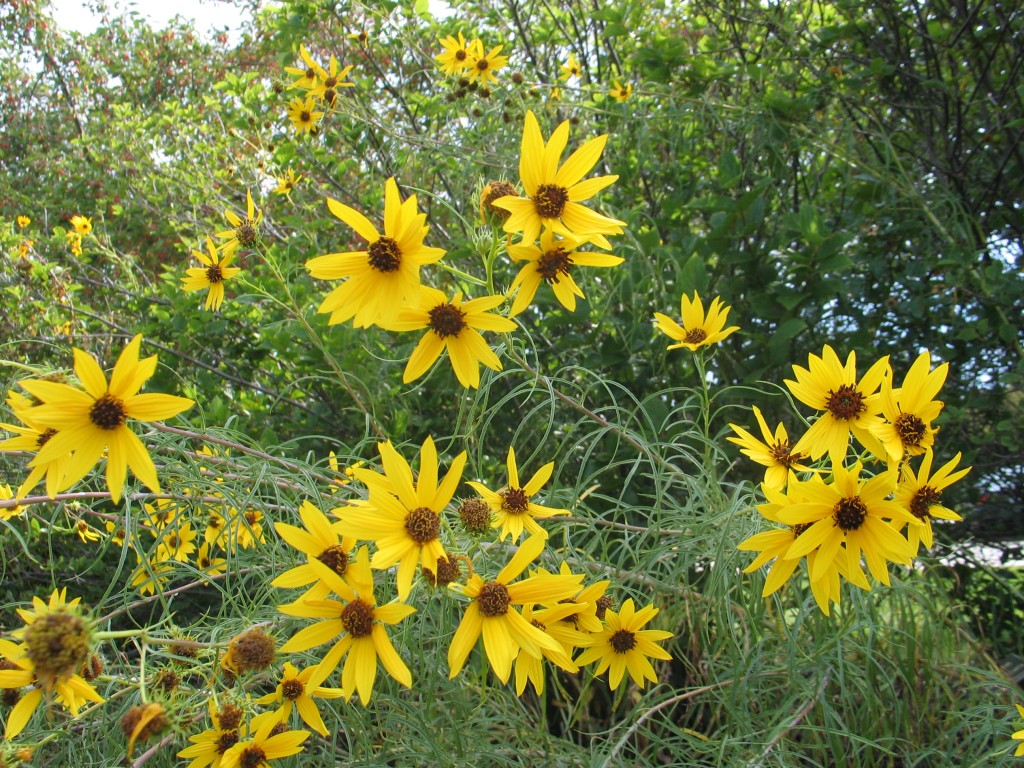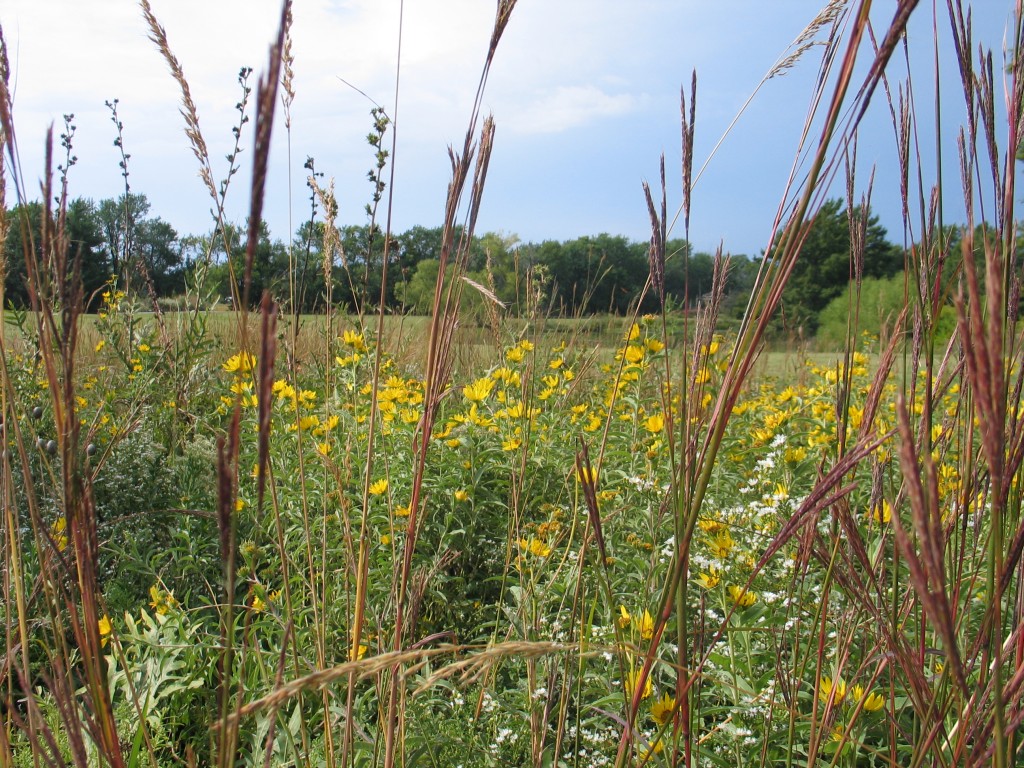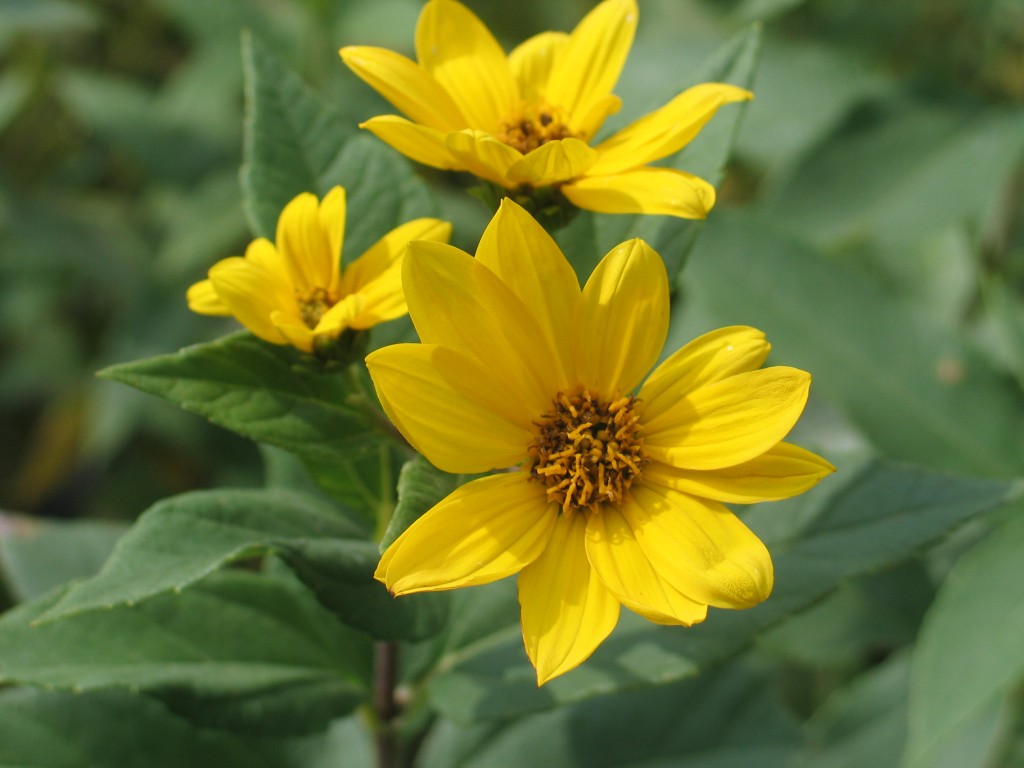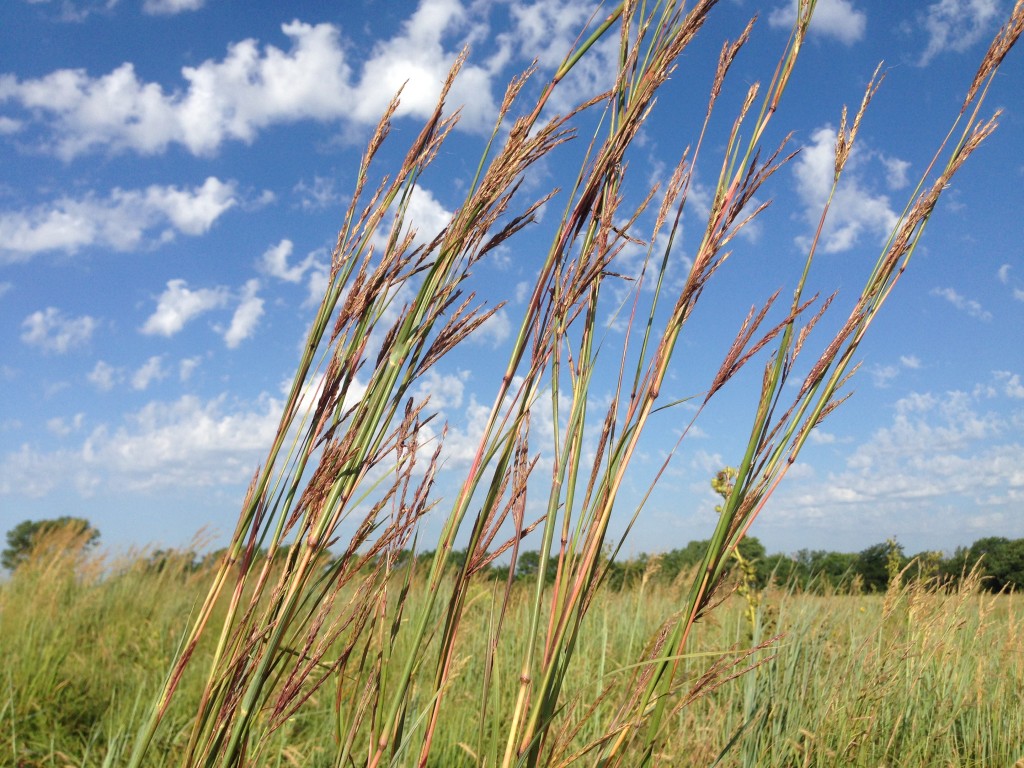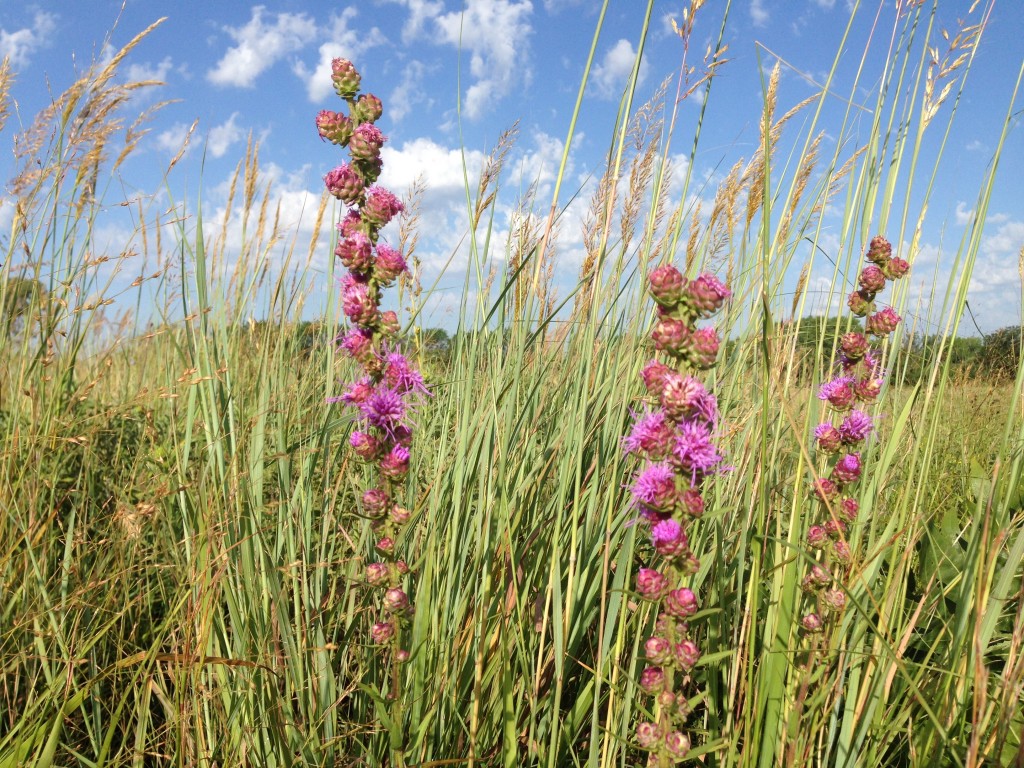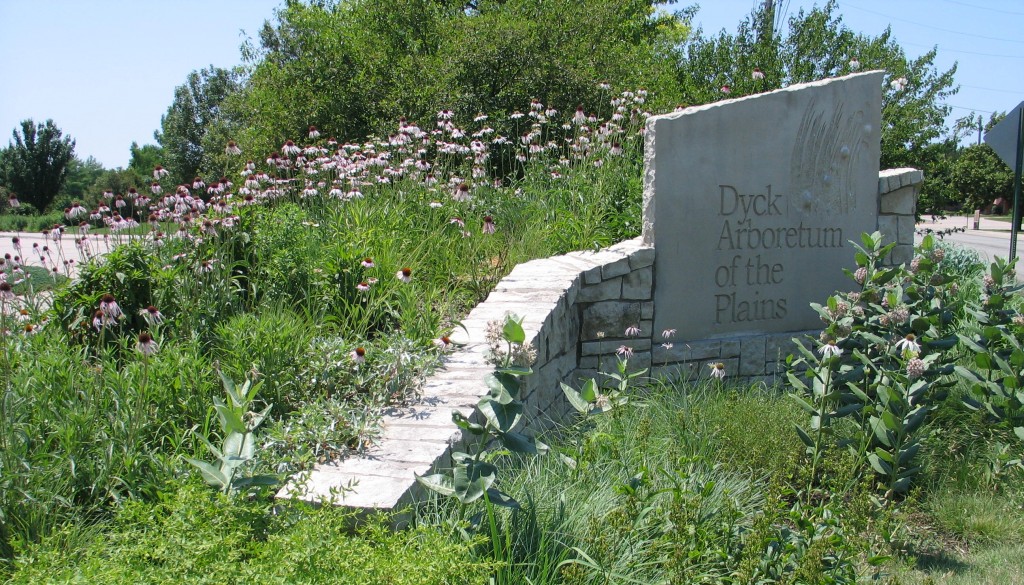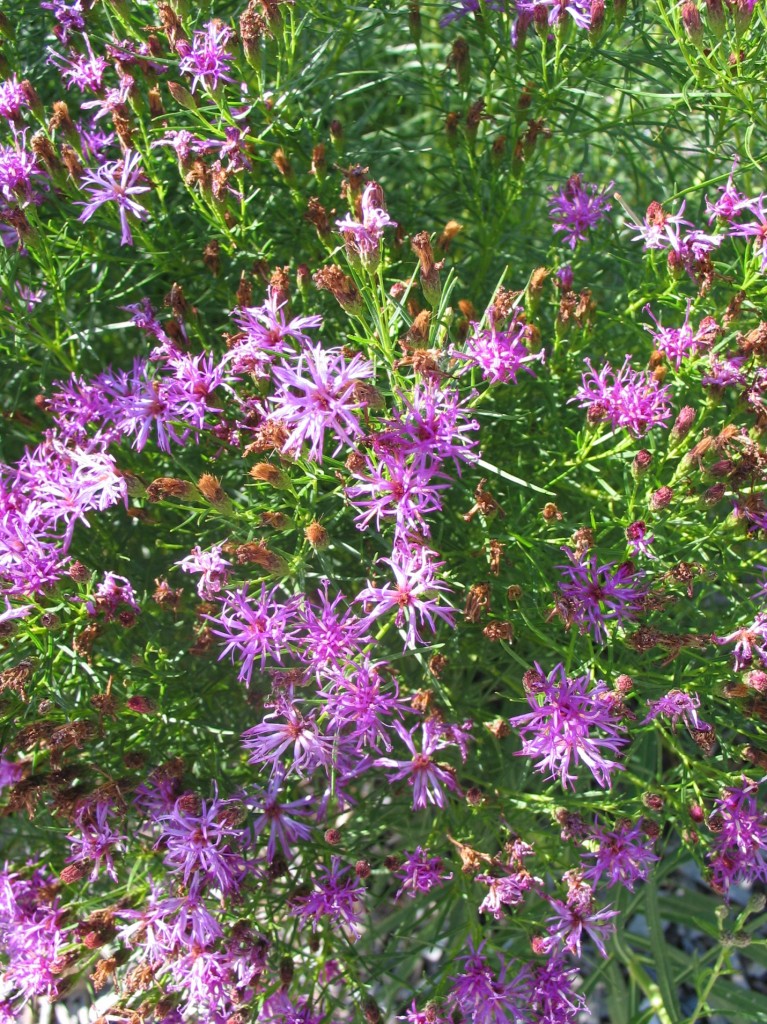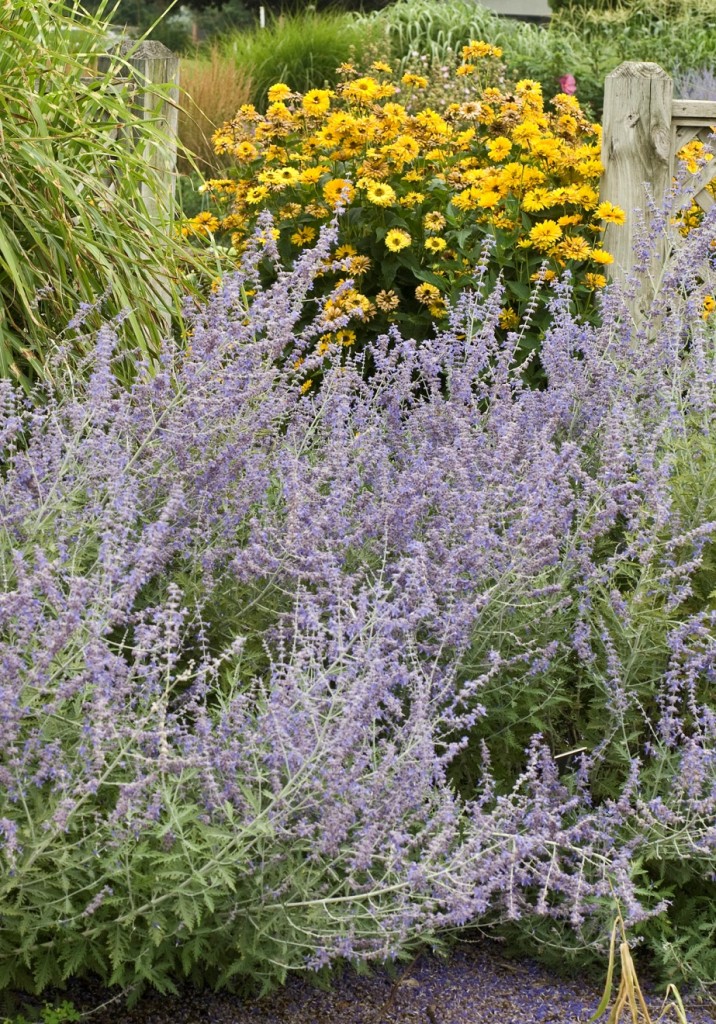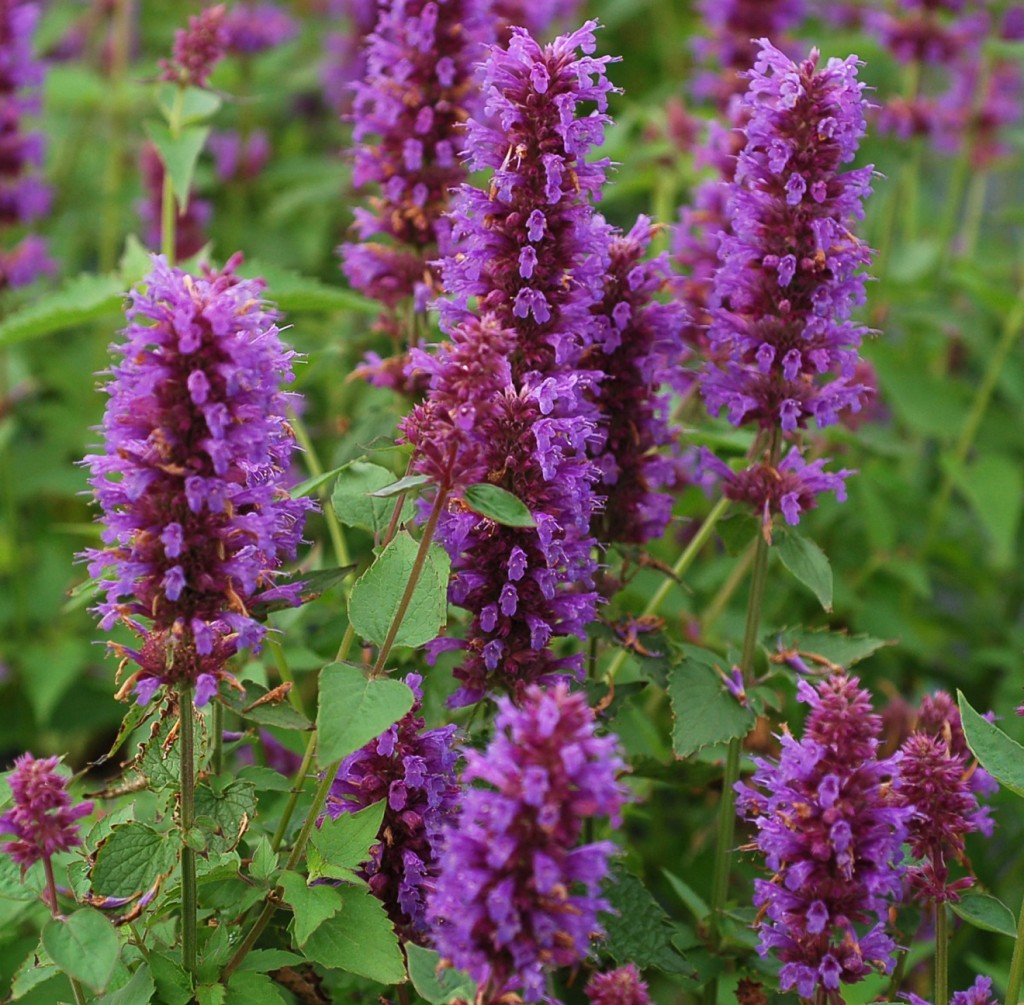Excerpt from Kansas legislation:
Whereas, This flower has to all Kansans a historic symbolism which speaks of frontier days, winding trails, pathless prairies, and is full of the life and glory of the past, the pride of the present, and richly emblematic of the majesty of a golden future, and is a flower which has given Kansas the world-wide name, “the sunflower state”…
Be it enacted … that the helianthus or wild native sunflower is … designated … the state flower and floral emblem of the state of Kansas.
This past weekend, I traveled to Marion to watch my daughter’s volleyball game. On the way, I could not help but notice sunflowers blooming. It was amazing to see the many different varieties and forms scattered throughout the prairies and ravines. I tried my best at 65 miles per hour to identify them. They were everywhere and in their full glory. The yellow flowers stood out amongst the changing prairie grasses. They brighten up the prairie landscape and signal the changing seasons. If you are out and about in the coming weeks, here are some of the gorgeous sunflowers you will see.
Willow-leaf Sunflower (Helianthus salicifolius) – This is one of the most common sunflowers and is easily identified because it has many long, narrow, drooping leaves swirled around the stem. The leaves are not more than a quarter inch wide and make a soft umbrella at the top of the stem as they grow. The bright yellow clusters of blooms are attractive, but the foliage is equally interesting.
Maximillian Sunflower (Helianthus maximilianii) – This is a very showy sunflower with tall stems that rise above surrounding grasses. The blooms are vibrant and large. It is a beautiful sunflower, but beware. It is rhizomatous and spreads vigorously. I would not plant this sunflower in a formal landscape. I would plant it in a prairie or area of the yard that allows it to go wild. It will quickly take over any garden when it is happy. We have some along the pond where we can manage its spread with a mower.
Jerusalem artichoke (Helianthus tuberosus) – You can find these sunflowers along woodlands and in moist prairies. It has larger leaves that are thick and rough. Stems are topped with large golden-yellow flower heads. I have never tasted the tuberous roots but those who have considered them a delicacy. The roots can be eaten raw or boiled like a potato.
Other sunflowers worth noting: Sawtooth Sunflower (Helianthus grosseserratus) – Similar to Maximillian Sunflower; Ashy Sunflower (Helianthus mollis) – Shorter with gray foliage; and Common Sunflower (Helianthus annuus) – Tall with flowers at the ends of the branched stems.
Oh sunflower! The queen of all flowers,
No other with you can compare,
The roadside and fields are made golden
Because of your bright presence there.
“An Ode to the Kansas Sunflower,” Ed Blair, 1901

